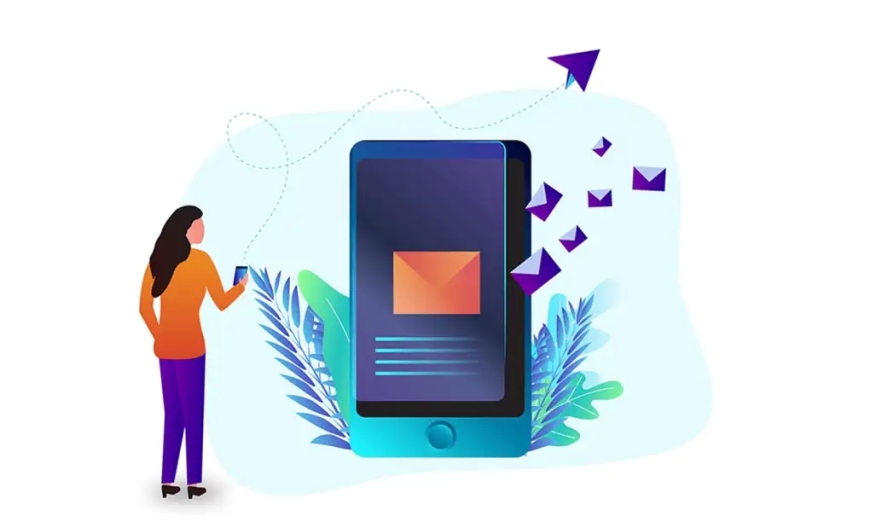How Non-Profits Can Segment Email Lists for Better Campaigns?

Why Email List Segmentation Matters
Email list segmentation involves dividing your email list into smaller, more targeted groups based on specific criteria. This approach enables non-profits to send relevant content to each segment, rather than a one-size-fits-all message. The benefits include:
- Increased Engagement: Personalized emails are more likely to be opened and acted upon.
- Higher Conversion Rates: Targeted messages lead to better responses, whether that’s donations, volunteer sign-ups, or event attendance.
- Improved Donor Retention: Tailored communications help build stronger relationships with supporters.
Key Strategies for Effective Email List Segmentation
To make the most of email list segmentation, consider the following strategies:
1. Segment by Donor History
One of the most effective ways to segment your email list is based on donor history. This includes:
- Donation Frequency: Group donors by how often they contribute. Frequent donors may appreciate updates on ongoing projects, while infrequent donors might respond better to calls to action or special appeals.
- Donation Amount: High-value donors might be interested in exclusive content or special recognition, while smaller donors may appreciate regular updates and impact stories.
2. Segment by Engagement Level
Understanding how engaged your supporters are can help tailor your communication:
- Active vs. Inactive Subscribers: Send regular updates and exclusive content to active subscribers, while crafting re-engagement campaigns for those who haven’t interacted with your emails recently.
- Engagement History: Segment based on past interactions, such as clicks or opens. For example, send follow-up emails with related content to those who clicked on a particular link.
3. Segment by Interests and Preferences
Non-profits often have multiple programs or initiatives. Segmenting based on interests allows you to:
- Personalize Content: Send information relevant to each segment’s interests, such as volunteer opportunities, events, or program updates.
- Boost Relevance: By aligning your messages with the interests of your audience, you increase the likelihood of engagement.
4. Segment by Demographics
Demographic information can be invaluable for segmentation:
- Age: Tailor your messages to different age groups, considering their unique preferences and interests.
- Location: Customize content based on geographic location, such as local events or regional updates.
5. Segment by Acquisition Source
Understanding where your subscribers came from can help you tailor your messaging:
- Referral Sources: Segment by how they were acquired, whether through social media, events, or partnerships. This helps you send more relevant content based on their initial interest.
Practical Tips for Implementing Segmentation
Implementing segmentation effectively involves a few key steps:
- Use a Robust Email Marketing Platform: Choose a platform that supports advanced segmentation and automation features.
- Collect Relevant Data: Gather data through sign-up forms, surveys, and interaction tracking to create meaningful segments.
- Regularly Update Segments: As supporters’ interests and behaviors change, update your segments to keep your communications relevant.
- Test and Optimize: Experiment with different segments and track results to refine your strategy and improve outcomes.
Conclusion
Effective email list segmentation is crucial for non-profits looking to maximize the impact of their email marketing campaigns. By targeting specific groups with relevant, personalized content, non-profits can enhance engagement, boost conversion rates, and build stronger relationships with their supporters. Implementing these segmentation strategies will help your non-profit craft compelling email campaigns that drive results and support your mission.
About Us:
"SpaceEdge Technology" appears to be a term that might refer to a company, concept, or technology related to space exploration or utilization. However, without further context, it's challenging to provide specific information.
What's Your Reaction?


























